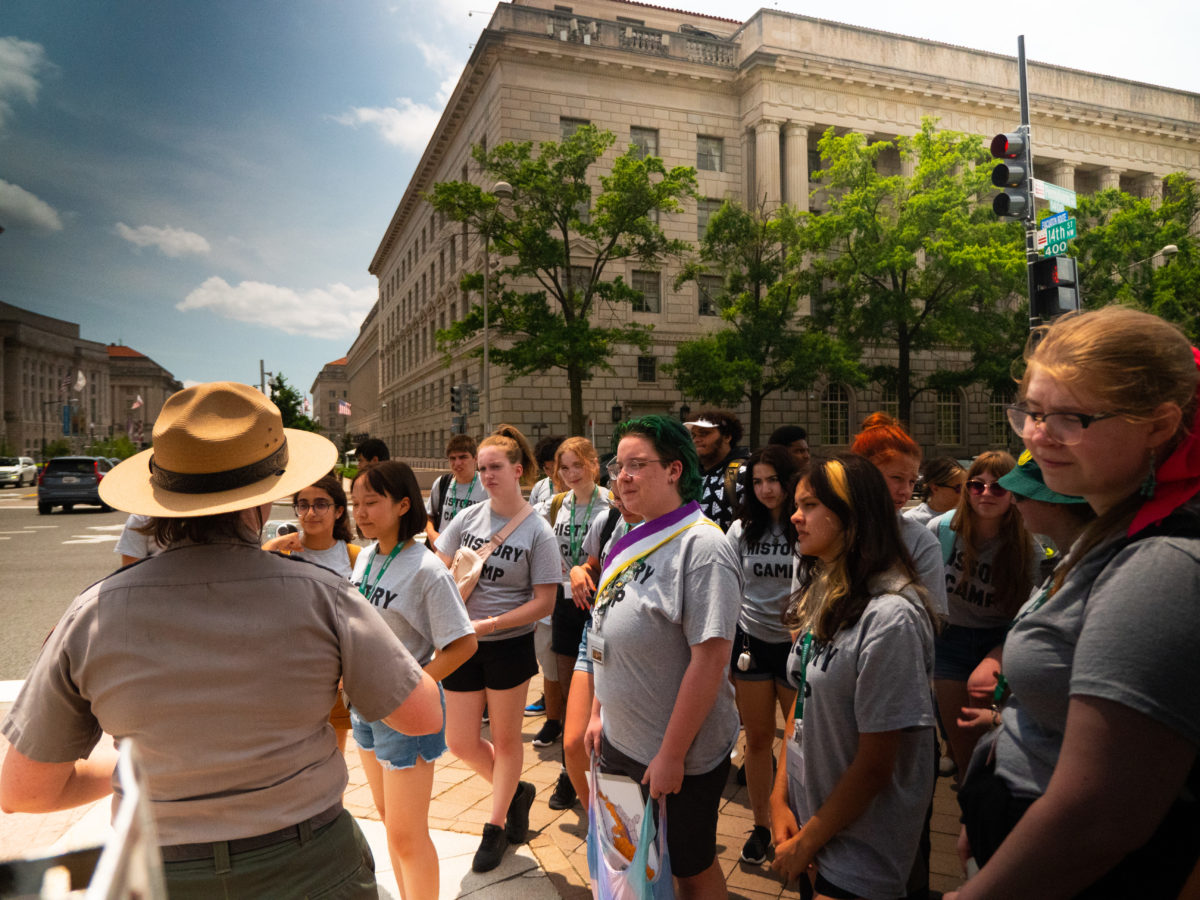Every significant movement of history has come with sacrifice. Each next step has come with someone acting upon their realization of the importance of renewal and awakening, or rather change. This was no different with the women’s suffrage movement which hit the national stage in the years prior to the election of Woodrow Wilson.
For years, women had realized the stark contrast between the claims of their US constitution and Bill of Rights, which declares liberty and justice for its citizens, and the reality of the oppressive and limiting nature of the laws and beliefs these documents protect. The fulfillment of the dreams of white men had somehow been entangled with the obligatory restriction of action and voice to all other arguably significant groups. Women, making up a slight majority of the population, had yet to see many of their freedoms.
One thing was certain; to ensure the voice of women be considered viable, it needed to be backed by votes. Unsurprisingly, this was one of the privileges seen as unfit for society. This ruling, of course, was brought by men, but it was not something left uncontested.
I stood by the World War One memorial with my classmates looking across to numerous buildings which have made the DC skyline so distinctive for generations. We were here to trace the steps of so many individuals who had stood before us for the purpose of ensuring that their actions were held significant. My mind surged with images as we pictured the determination of thousands marching in the same square, over one hundred years ago.
These women were present there the day before Wilson’s inauguration for the purpose of demonstrating the necessity of their contributions to the function of society as a whole, making the point that such valuable citizens deserve their voice in government. Strategically planned by NAWSA’s chairs Alice Paul and Lucy Burns, the demonstrational march overshadowed the proceedings of the next day, making front headlines and entering conversation.
This event was not isolated to a single day, for women continued to make their voice heard throughout all circumstances on the streets in front of the White House, through war time and frigid weather, through the threat of imprisonment and violence.
There is something about walking the paths and seeing the setting of history that makes it so much more powerful to ourselves. In this country the privilege of education is taken for granted simply because of the traditionalized system it is given in. I was struck by contrast as we stepped upon open streets, connecting previously heard words with individuals of courage as well as viewing settings from which freedom was fought. United together, women were able to start a journey of change. By determination, this journey gave ground for reality to shift.
The rights we have today are not universal. The hopes we share and freedoms we celebrate have yet to be given equally. Thus, it is necessary we look upon the past to find courage and truth, to plot the steps of further liberty. May it be true that we do more than speak words, but drive them forward to get people the things they deserve as people. In the words of Dorothy Day, “People say, what is the sense of our small effort? They cannot see that we must lay one brick at a time. A pebble cast into a pond causes ripples that spread in all directions. Each one of thoughts, words, and deeds is like that. No one has a right to sit down and feel hopeless. There is too much work to do.”
